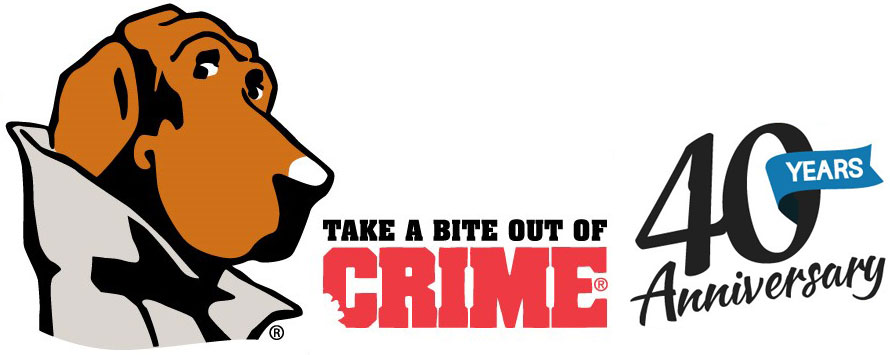Strategy
Local media coverage of and support for community crime prevention help raise public awareness and encourage participation in community-based projects.
Crime Problem Addressed
This strategy advocates the use of local television, radio, newspapers, and other media to focus attention on community-based crime prevention projects and organizations. By highlighting such efforts, the media reinforces the community’s standard in opposition to all types of crime and helps build crime prevention awareness among the public.
Key Components
Key tasks of this strategy include recognizing the power of the media as the public’s source of information on a variety of topics; identifying media contacts; and establishing cooperation between community programs and media resources. The media should be asked to publicize community events and promote public education on crime prevention through articles, public service announcements, radio shows, news programs, and cable television shows.
Key Partnerships
Local crime prevention organizations must recognize their contacts in the public media as important partners in spreading the crime prevention message. Members of community-based crime prevention programs can begin to build partnerships with media sources by talking with reporters assigned to cover crime or community-related issues and by asking media sources for help in designing a public education campaign. Community leaders, key elected officials, church leaders, school board and Parent-Teacher Association members, philanthropists, and local celebrities often maintain contact with media sources who could be brought together to sponsor or support crime prevention activities in the community.
Potential Obstacles
Community groups may find it difficult to see local media as partners in crime prevention. Media of all types have frequently been characterized as part of the problem communities have with violence. Many communities now see the media as part of the strategy for educating the public and building public support for organizations and programs. Still, the media gravitate toward stories easy to understand and describe. To gather media support and coverage, community groups should attempt to design events or celebrations that clearly communicate their programs’ successes and that highlight celebrity involvement, elected officials’ participation, youth leadership, and dramatic visual or audio components.
Signs of Success
Crime and fear of crime consistently rank among the top fears of the American public in national and local surveys. Thus, a new crime prevention activity in which large numbers of people participate and achieve success locally is newsworthy.
In Memphis, Tennessee, the mayor, citizens, businesses, and community groups recently raised $1 million in donations for the police department through “Operation Drive Out Crime,” which engaged local television and radio stations and the local newspaper as cosponsors.
The campaign relied on local television and radio news stories and public appeals, as well as newspaper public service announcements for publicity. When first approached, a local network television affiliate station had just begun a three-month anticrime campaign, so station managers viewed Operation Drive Out Crime as a welcome tie-in. That station produced promotional spots and aired them each night, often during prime time. The same station also included many news stories, often focusing on the department’s need for resources.
A radio station also joined in the effort as a sponsor, running daily advertisements, highlighting the project during shows, and running weekly interviews with sponsors and police officers. The newspaper carried stories and contributed advertising. In addition, it included contribution envelopes in two different Sunday editions of the paper. Effective local publicity led to national publicity, and donations have poured in from across the state and around the country.
Applying the Strategy
Cleveland’s mayor enlisted the sponsorship of a local television station and radio station for his announcement of the city’s gun exchange and violence reduction and crime prevention initiatives. The television station not only helped to announce these very successful initiatives, it also operated the telephone banks for donations.
From 350 tested Strategies to Prevent Crime: A Resource for Municipal Agencies and Community Groups


